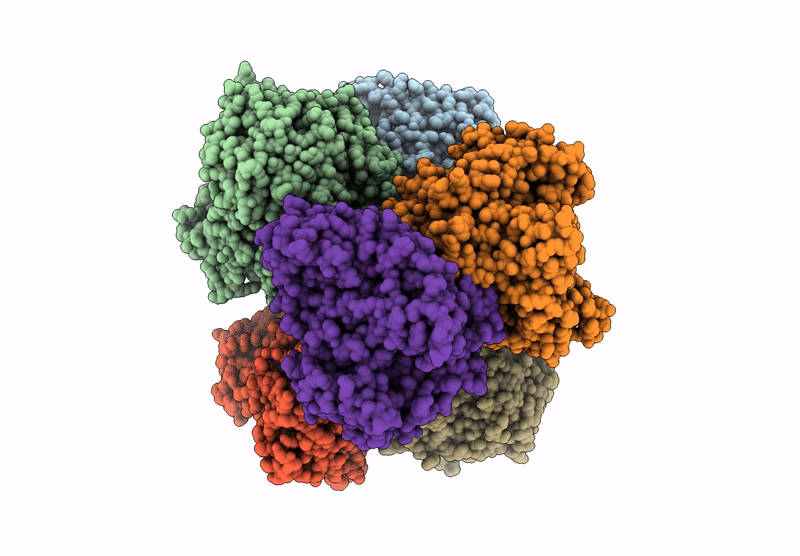
Deposition Date
2024-10-01
Release Date
2025-02-19
Last Version Date
2025-04-02
Entry Detail
PDB ID:
9GYB
Keywords:
Title:
Crystal structure of the recombinant CODH from Rhodopspirillum rubrum produced in Escherichia coli
Biological Source:
Source Organism:
Rhodospirillum rubrum (Taxon ID: 1085)
Host Organism:
Method Details:
Experimental Method:
Resolution:
2.90 Å
R-Value Free:
0.28
R-Value Work:
0.22
R-Value Observed:
0.22
Space Group:
P 1 21 1


